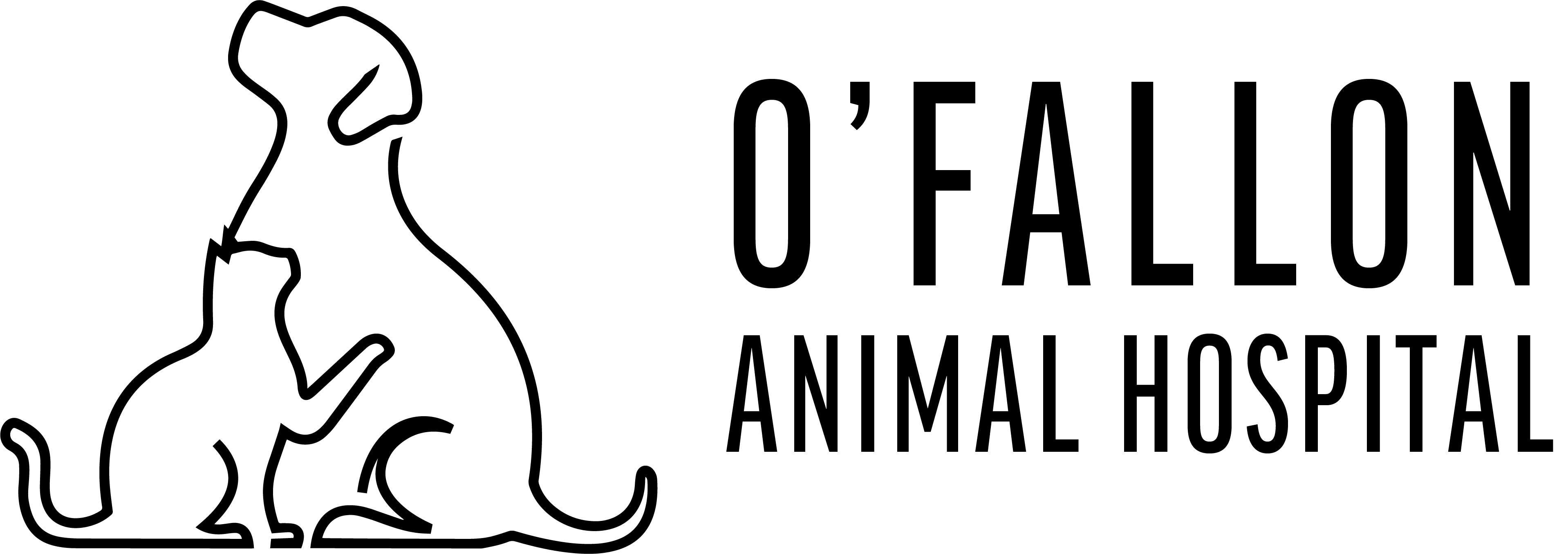Library
-
Eclampsia in dogs is an emergent condition of hypocalcemia that generally occurs one to four weeks after whelping but can also occur shortly before giving birth. Risk factors include a poor diet, small breed dogs, abnormal parathyroid gland, and calcium supplementation during pregnancy. Signs of eclampsia start as restlessness, panting, and stiffness and can progress to disorientation, tremors, inability to walk, and convulsions. Treatment includes intravenous fluids, careful intravenous calcium supplementation, and other supportive medications. This is followed by oral supplementation and weaning puppies as soon as possible or supplementing their diet with milk replacer.
-
Many veterinarians, including nutritionists and behaviorists, believe it is important for dogs and cats to express their natural foraging and hunting behaviors. For pets living indoors, this can be difficult, and the lack of this stimulation can sometimes lead to behavior problems. Enriching a pet's environment with food toys and puzzles at mealtimes can fulfill the need to forage. The use of toys, puzzles and other novel methods of food delivery can also be effective ways to increase daily movement in overweight or inactive pets.
-
Esophagostomy tubes are placed through the skin of the neck into the esophagus to enable ongoing nutrition in cats that either refuse to eat or are unable to chew and swallow food. A diet will be recommended by your veterinarian but must be liquefied with water before it can pass through the tube. Medications can also be administered through the tube. Step-by-step instructions are provided. The decision to remove the tube will be determined by your veterinarian.
-
Esophagostomy tubes are placed through the skin of the neck into the esophagus to enable ongoing nutrition in dogs that either refuse to eat or are unable to chew and swallow food. A diet will be recommended by your veterinarian but must be liquefied with water before it can pass through the tube. Medications can also be administered through the tube. Step-by-step instructions are provided. The decision to remove the tube will be determined by your veterinarian.
-
Dog food has been made so palatable that it can easily create gluttonous behavior. Meal feeding and portion control are important to prevent obesity. Owners should not give in to begging behavior. Dogs that are still hungry after their meal can be supplemented with snacks such as green vegetables recommended by your veterinarian. Dogs that eat too quickly can be fed creatively to slow down eating.
-
Turtles are omnivorous, eating both animal protein and vegetable matter. It is important to offer a variety of food to stimulate the turtle to eat and provide nutritional balance. This article discusses how and when to feed your aquatic turtle, recommended foods, supplements, and water requirements for optimal nutrition.
-
Box turtles are omnivorous. Generally, your box turtle's diet should be about 50% plant-based material and 50% animal-based material, but be sure to discuss a specific diet plan for your turtle with your veterinarian. Most young turtles eat daily, while older turtles can be fed either daily or every other day. This article discusses the best foods for your turtle, supplements, water, and light requirements for optimal nutrition.
-
Ferrets are carnivores and cannot handle a diet containing more than 4% fiber. A good quality ferret diet should contain 32-40% protein and 10-15% fat. There are several good commercial dry foods for ferrets.
-
The goal of feeding growing kittens is to lay the foundation for a healthy adulthood. Portion feeding is recommended to maintain a good body condition. Proper nutrition is critical to the health and development of kittens, regardless of breed, and it directly influences their immune system and body composition. An optimal growth rate in kittens is ideal; it is a slow and steady growth rate that allows the kitten to achieve an ideal adult body condition while avoiding excessive weight and obesity. Growing kittens need higher amounts of all nutrients in comparison to adult cats, but excess energy calories and calcium can create serious problems. Preventing obesity must begin during the weaning stage and continue through to adulthood and old age. Together with your veterinarian and veterinary healthcare team, you can help your kitten grow into as healthy of an adult cat as possible.
-
The goal of feeding growing puppies is to lay the foundation for a healthy adulthood. Proper nutrition is critical to the health and development of puppies, regardless of breed, and it directly influences their immune system and body composition. An optimal growth rate in puppies is ideal; it is a slow and steady growth rate that allows the puppy to achieve an ideal adult body condition while avoiding excessive weight and obesity. Growing puppies need higher amounts of all nutrients in comparison to adult dogs, but excess energy calories and calcium can create serious problems. Together with your veterinarian and veterinary healthcare team, you can help your puppy grow into as healthy of an adult dog as possible.

